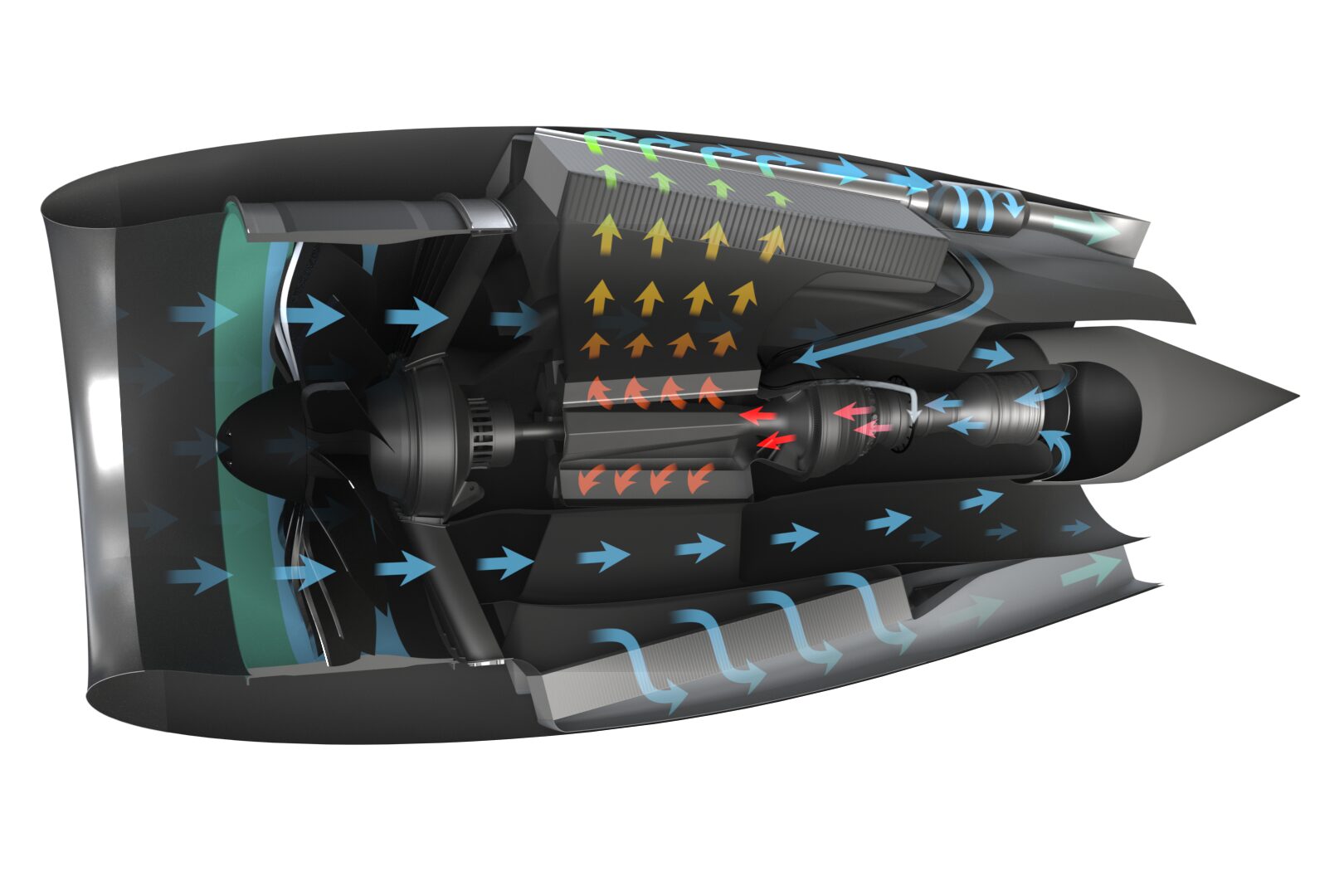Pratt & Whitney Advancements in Hydrogen-Powered Aircraft Technology
Key Ideas
- Pratt & Whitney's HySIITE program, funded by ARPA-E, aims to enhance aircraft efficiency by 35% and reduce NOx emissions significantly.
- Innovative solutions like water recovery and steam injection in hydrogen combustion could triple net energy savings compared to traditional methods.
- Despite the progress, commercialization of hydrogen-powered engines is not anticipated before 2050, citing challenges like hydrogen storage and aircraft design impact.
- Pratt & Whitney remains committed to advancing hydrogen propulsion through partnerships with NASA and initiatives like the HyADES project in Canada.
Pratt & Whitney, a subsidiary of RTX, shared updates on its Hydrogen Steam Injected, Inter-cooled Turbine Engine (HySIITE) program, funded with $3.8 million from the US Department of Energy. The program aims to improve efficiency and reduce nitrogen oxide emissions significantly. The HySIITE architecture is projected to enhance energy efficiency by 35%, addressing challenges of hydrogen combustion. By incorporating solutions like water recovery and steam injection, the engine could potentially triple net energy savings compared to standard hydrogen combustion. While advancements have been made, commercialization of hydrogen-powered engines is not expected before 2050 due to factors such as hydrogen storage and aircraft design impact. Pratt & Whitney is dedicated to furthering hydrogen propulsion through collaborations with NASA and projects like Canada's HyADES, which tests hydrogen combustion on a PW127XT engine.
Topics
Aviation
Technology
Innovation
Aviation Industry
Sustainability
Energy Efficiency
Aerospace
Emissions Reduction
Research Development
Latest News
